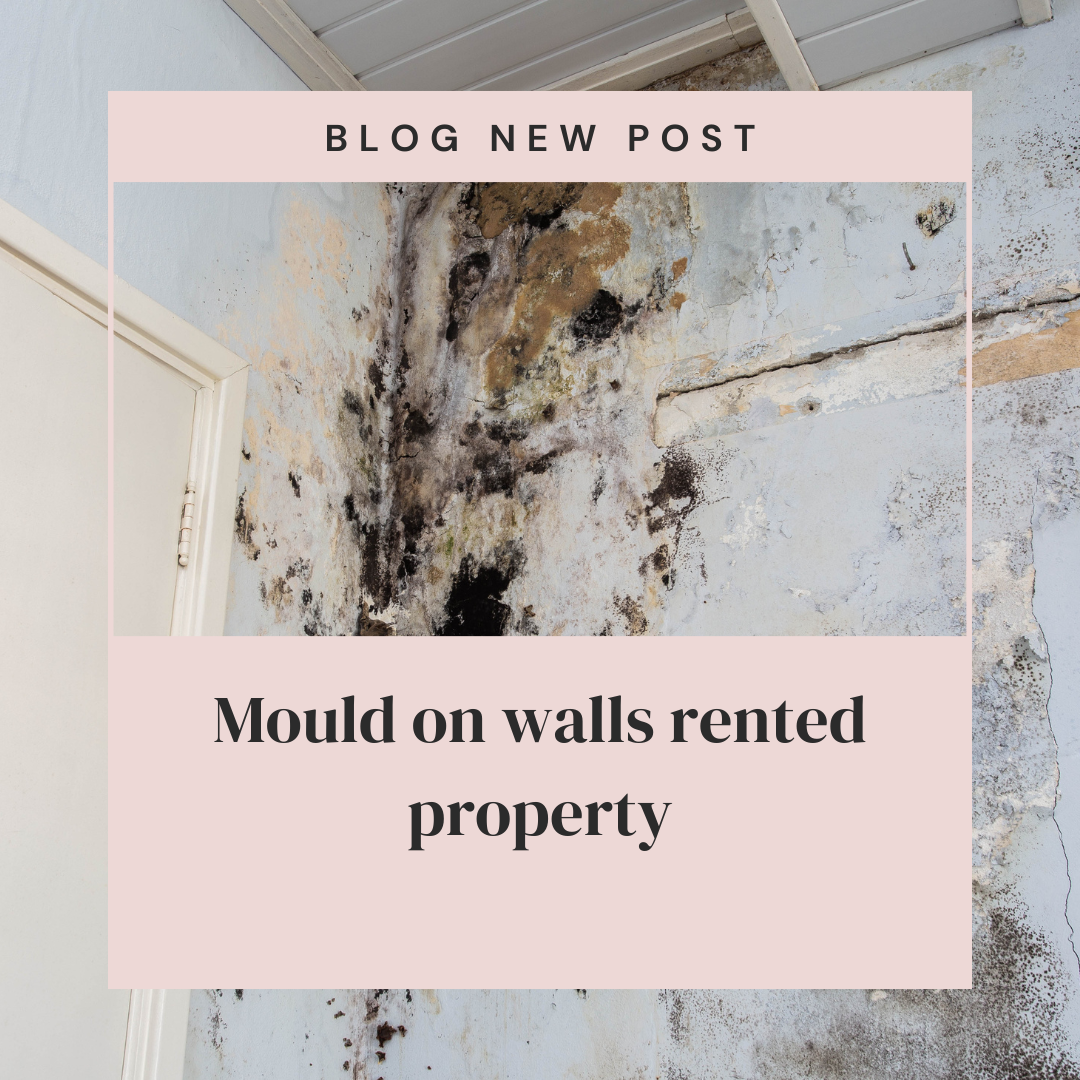Mould on walls rented property: Have you spotted unsightly black patches creeping across your walls? Does your rented property have a musty odour that just won’t budge? If so, you’re likely dealing with mould growth. Mould isn’t just an aesthetic issue; it can trigger respiratory problems and allergies, especially for vulnerable residents. As a tenant in the UK, you have the right to live in a safe and healthy home, free from mould. But what steps should you take when mould rears its ugly head in your rented property?
Understanding the Cause: Not All Mould is Created Equal
The first step is figuring out the culprit behind the mould. Here are the two main categories:
- Structural issues: Leaky roofs, faulty guttering, rising damp, and condensation caused by poor insulation are all tell-tale signs of problems originating with the property itself. These fall under the responsibility of your landlord to fix.
- Lifestyle factors: Poor ventilation from drying clothes indoors, infrequent window opening, or inadequate heating can also lead to condensation and mould growth. In these cases, some adjustments to your daily habits might be necessary.
Taking Action: Reporting Mould on walls rented property
Don’t wait for the mould problem to worsen! Here’s how to report it effectively:
- Document everything: Take clear photos of the mould growth, including close-ups and wide shots showing the affected area. Note down the date you discovered it.
- Report in writing: Send a formal email or letter to your landlord detailing the mould issue. Include the date, location, and any potential causes you suspect.
- Request an inspection: Ask your landlord to arrange a visit to assess the situation and determine the cause.
Keeping the Lines of Communication Open
- Maintain records: Keep copies of all communication with your landlord regarding the mould issue. This will be crucial if things don’t get resolved promptly.
- Be polite but persistent: If your landlord doesn’t respond or takes too long to take action, follow up with a polite reminder.
- Know your rights: Familiarize yourself with the Homes (Fitness for Human Habitation) Act 2018. This act gives you the right to live in a property free from damp and mould.
What You Can Do While You Wait for Repairs
While the official responsibility lies with your landlord, here are some steps you can take to minimize the impact of mould:
- Improve ventilation: Open windows regularly, especially after showering or cooking, to allow moisture to escape. Invest in extractor fans for bathrooms and kitchens if they’re not already installed.
- Increase heating: Aim for a consistent temperature of around 16-18°C to reduce condensation.
- Dry clothes properly: Avoid drying clothes indoors on radiators or hanging them over furniture. Use a clothesline or a well-ventilated drying rack instead.
Important links
Housing Disrepair Advice: https://housingdisrepairadvice.org/contact
Housing Ombudsman: https://www.housing-ombudsman.org.uk/
